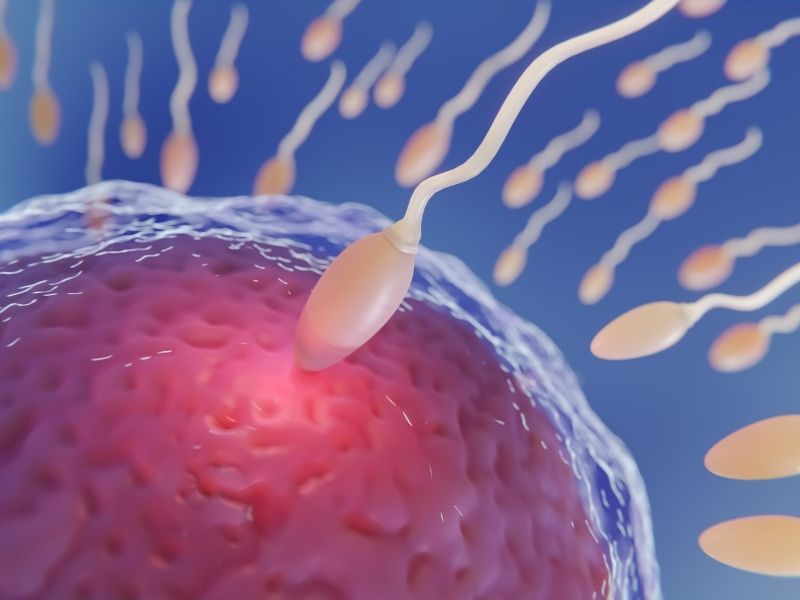
MICROCHIP
In IVF treatment, it is important that both the egg cell taken from the prospective mother and the sperm cell taken from the prospective father are alive and of high quality. High-quality reproductive cells help to obtain the best embryos and increase the likelihood of successful treatment. Male infertility is at least as important as female infertility in achieving success. Therefore, sperm selection plays an important role.
High-quality sperm to be used during insemination (IUI) or microinjection (ICSI) is prepared using specific techniques. The sperm preparation technique to be used is decided based on the patient's condition, sperm count and motility, and the results of previous attempts, if any. One of these techniques is MICROCHIP technique.
What is the microchip method?
The microchip method offers a more sensitive and customizable approach than traditional sperm selection methods. As a result, it is considered an important technology for achieving more successful results in IVF treatments and healthy pregnancies.
Based on the idea that the centrifuge method used in sperm preparation can damage sperm, microchip technology has come to the fore as a sperm selection technique that is closest to natural methods without centrifugation.
The microchip consists of channels or pores specially designed according to sperm size and motility. This technique is based on the selection of sperm without DNA damage in order to obtain high-quality embryos with high fertilization capacity.
In summary, microchip is a sperm preparation method used in both insemination and IVF to select sperm of good quality in terms of morphology and motility, and most importantly, sperm with the best DNA.
Who is eligible for the microchip method?
It is mostly used in the treatment of male infertility. Poor sperm quality can prevent conception. The microchip method aims to increase the chances of conception by selecting sperm that are of higher quality in terms of structure.
IVF treatment using microchips is generally suitable for prospective fathers with poor sperm quality or low sperm count. However, this method can also be used as an alternative way to achieve success in couples who have experienced fertilization problems due to sperm quality in previous attempts, obtained poor-quality embryos despite fertilization, or experienced implantation failures.


